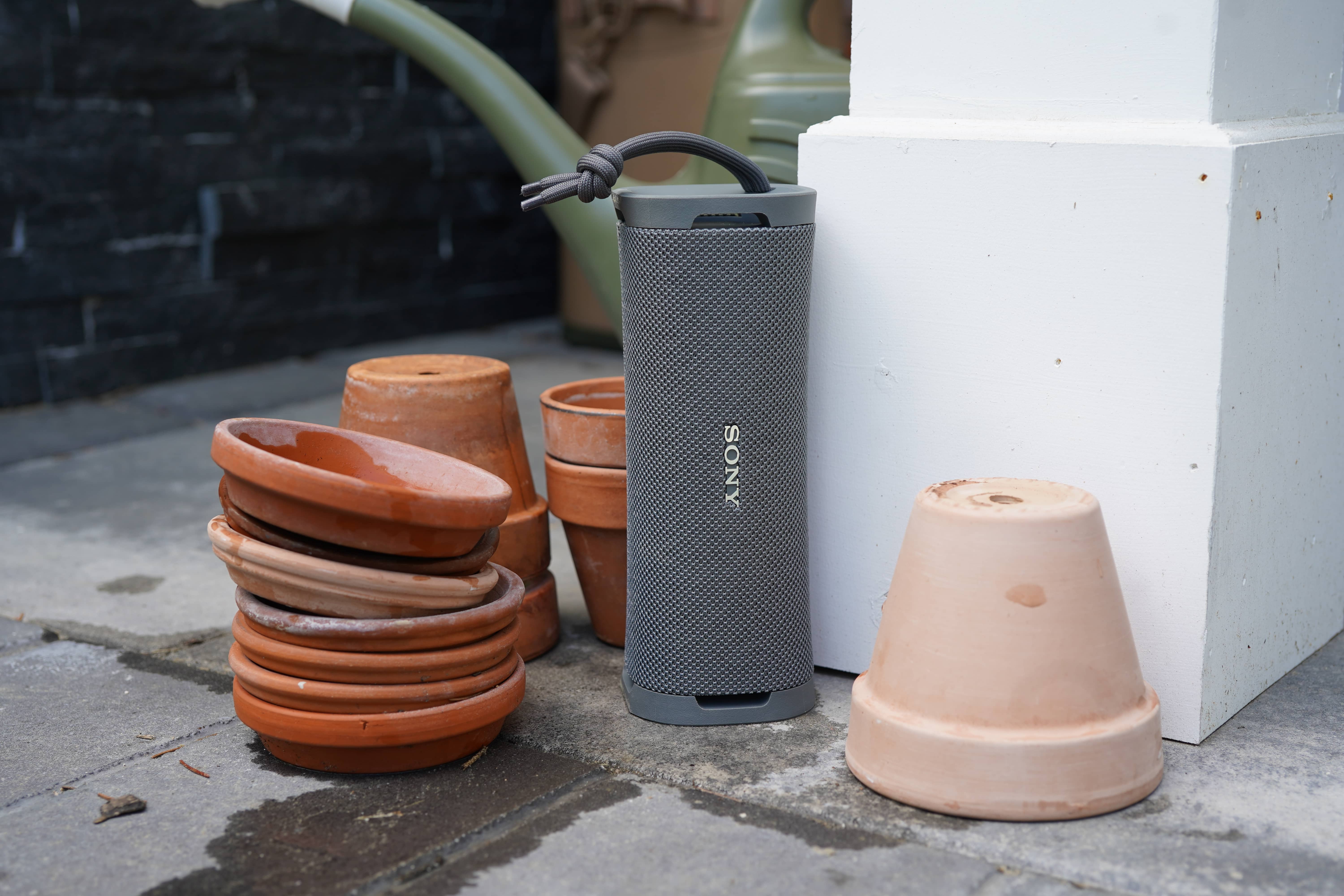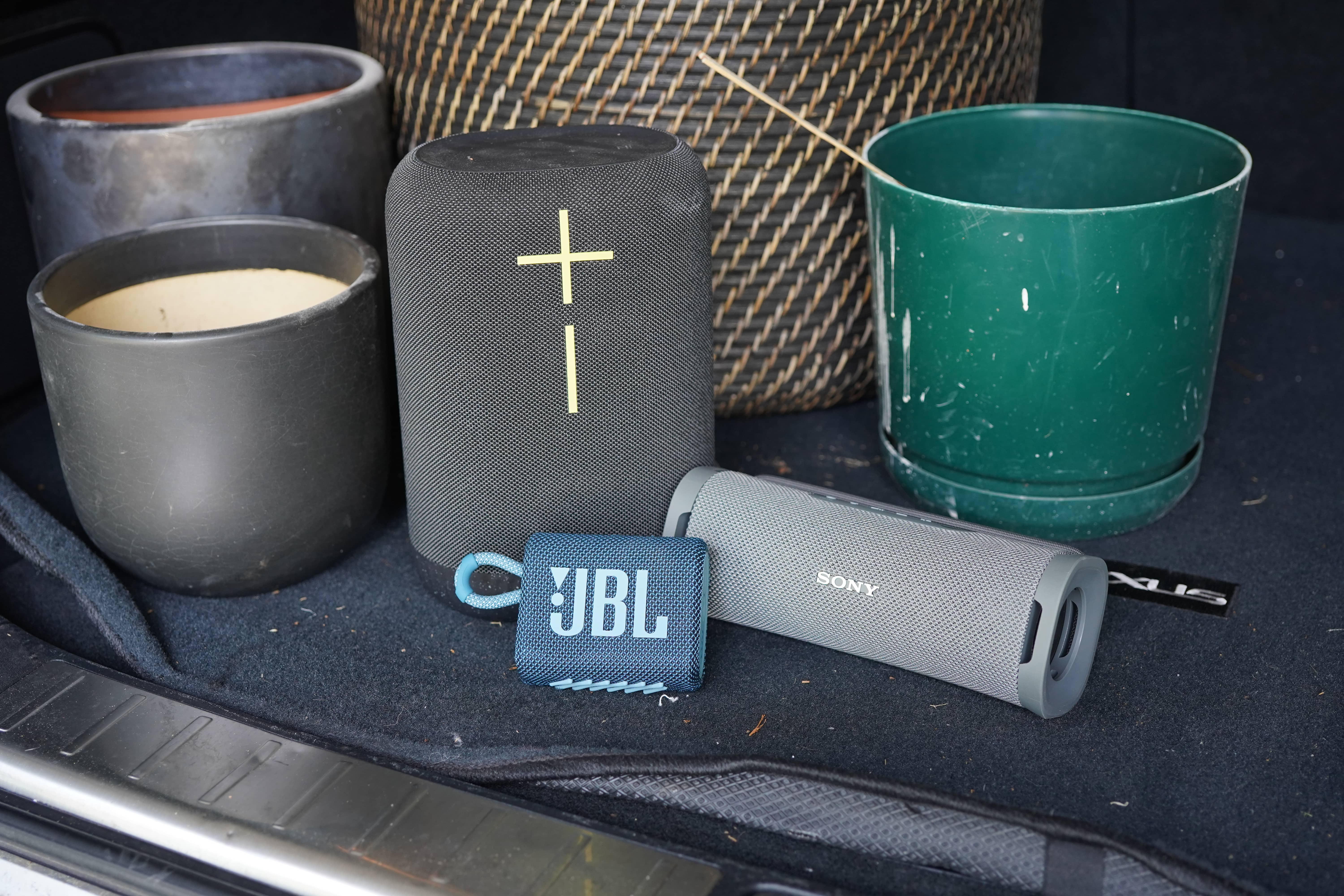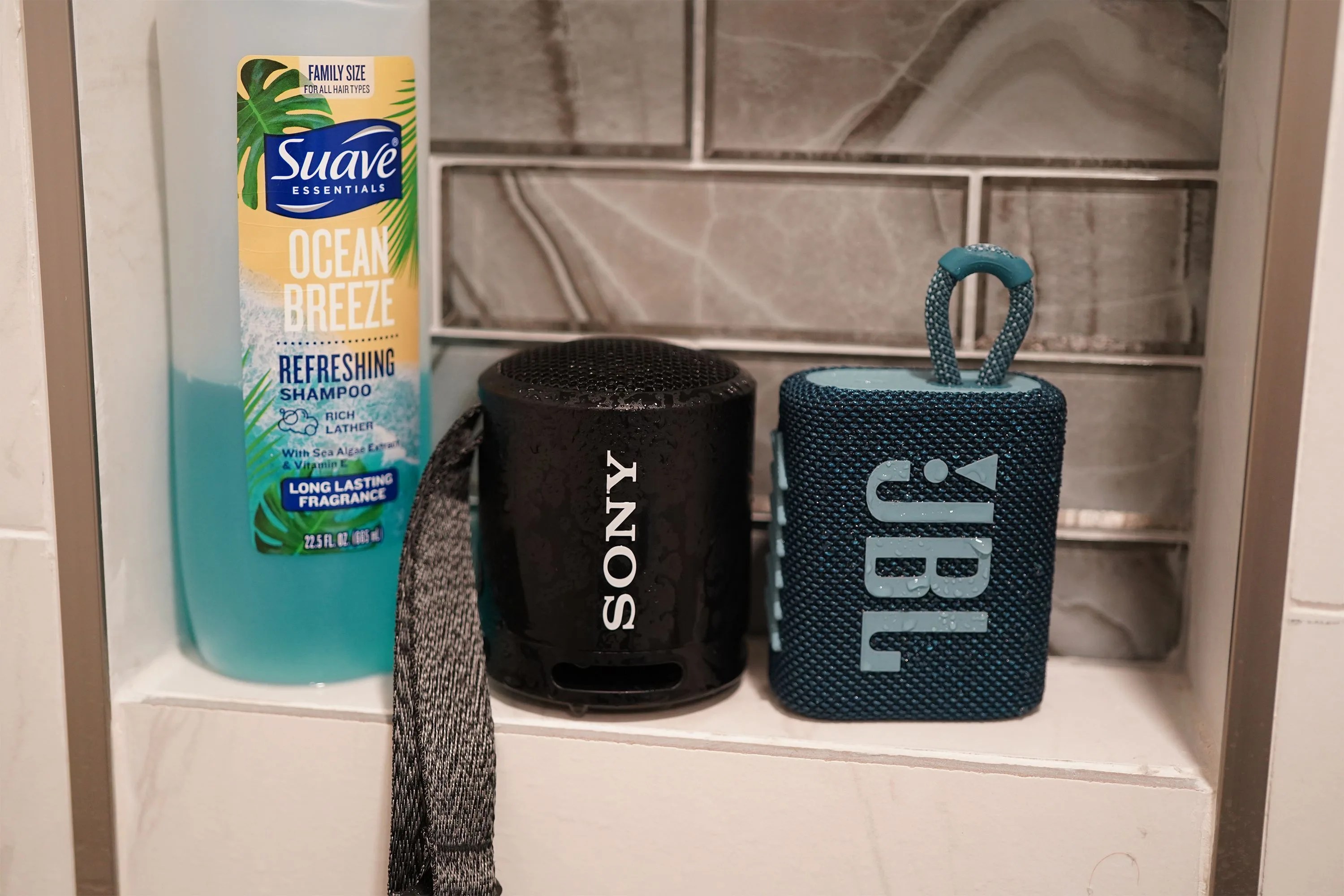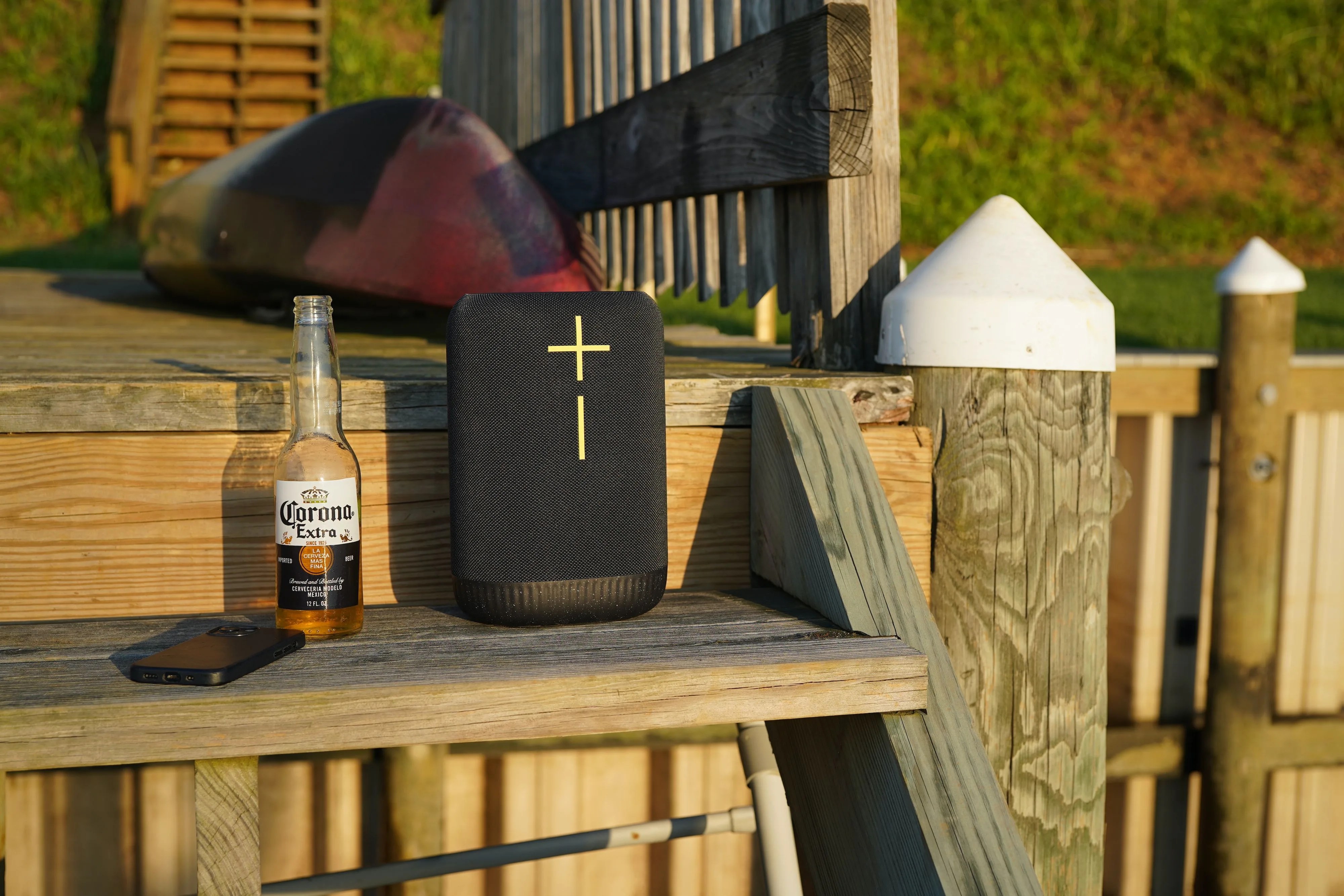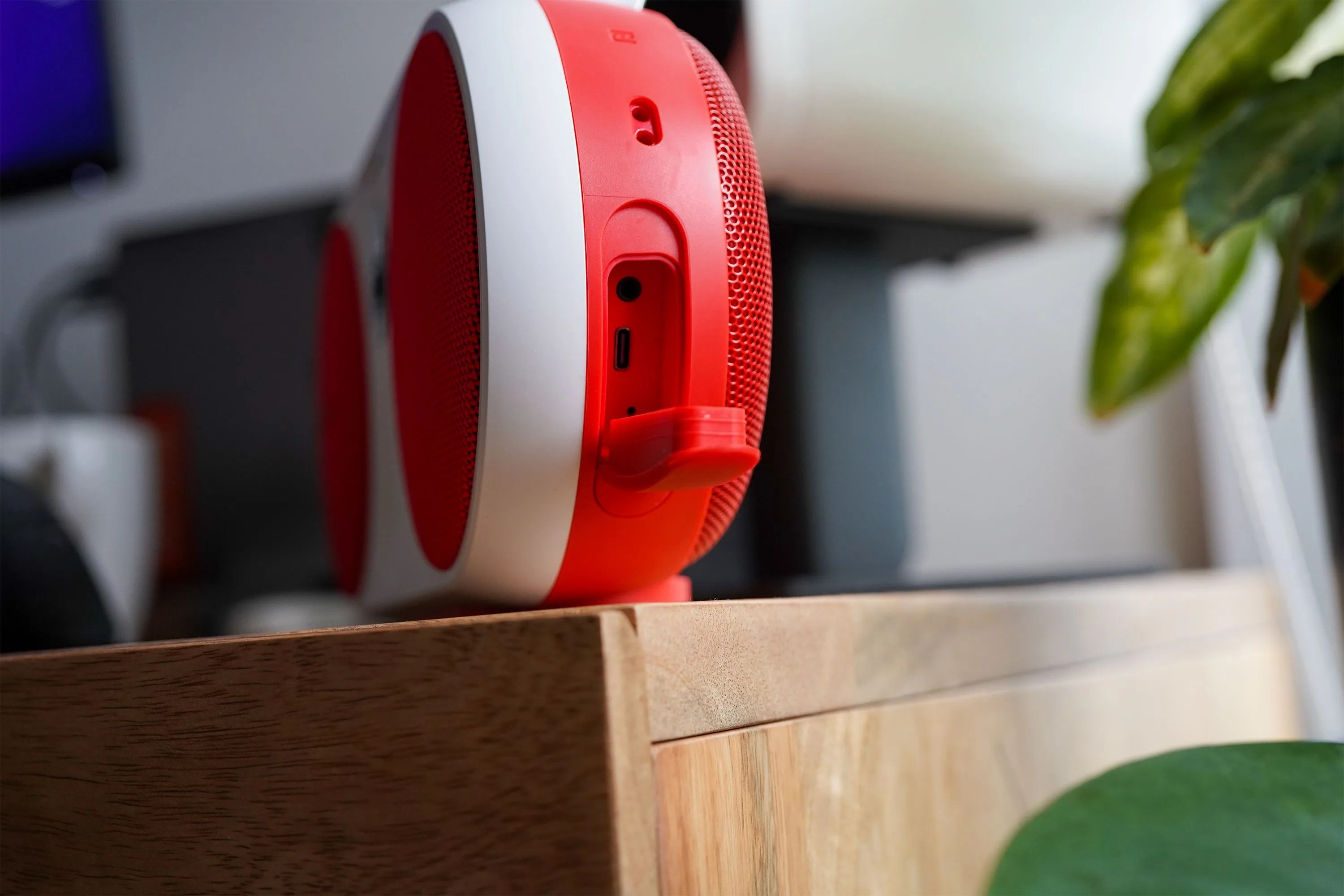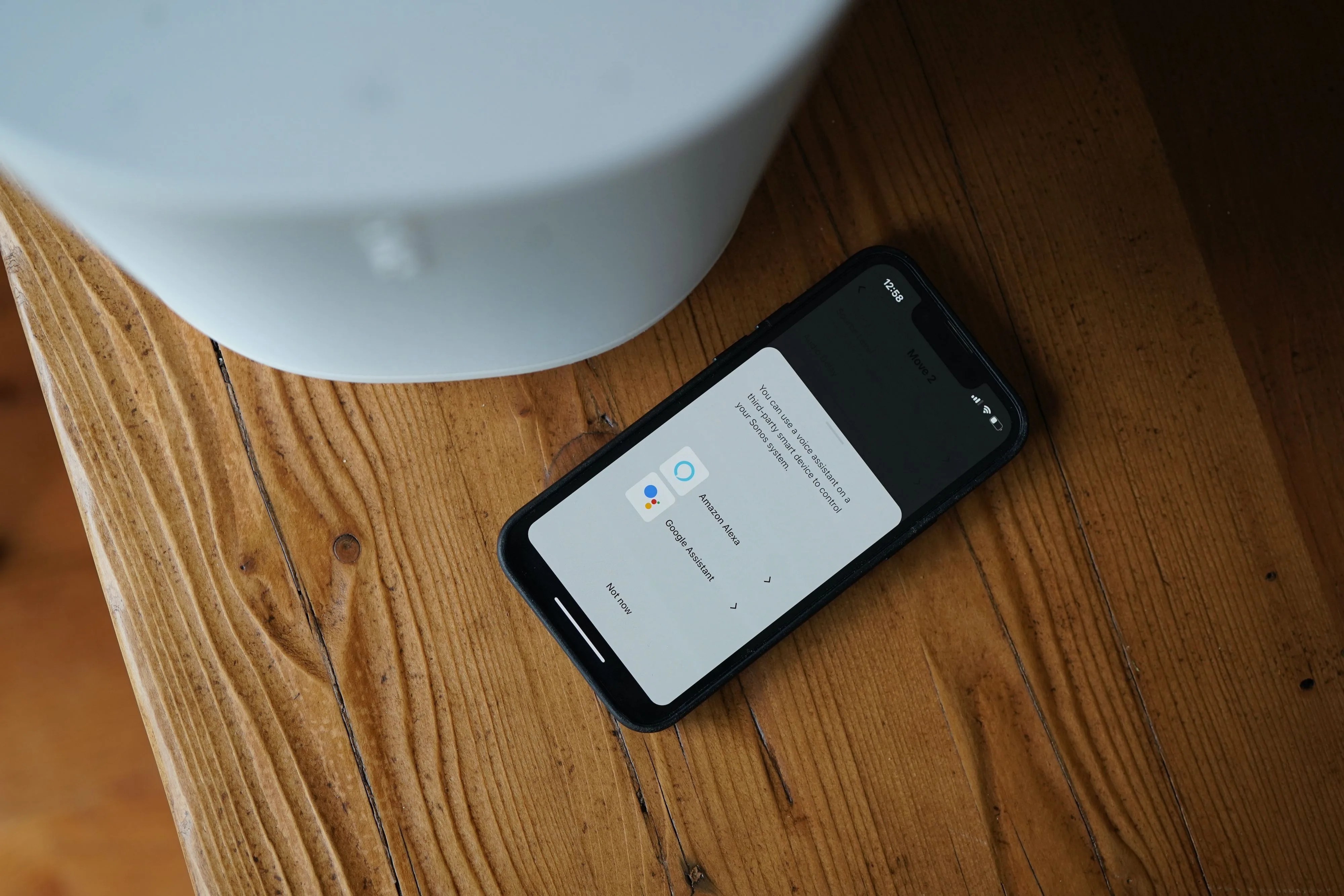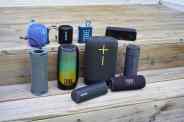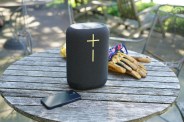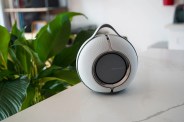Today, portable Bluetooth speakers are incredibly popular. They’re dead simple to use. They’re small enough to take almost anywhere. Most are durable enough to withstand a splash and some sand. And, for the most part, they’re pretty affordable.
That said, there are more portable Bluetooth speakers to choose from than ever before. They come in all sorts of shapes, sizes and prices, and seemingly every speaker company (and general gadget manufacturer) makes at least one these days. And they’re all just a little bit different.
So, before throwing down your hard-earned cash, make sure you’re getting the portable Bluetooth speaker that works best for you.
Brand matters: Who makes the portable Bluetooth speaker?

You’ve probably heard of all the speaker manufacturers on this list, which is a good thing. You want to trust that the speaker is not only going to sound good but also last.
Many portable speakers on this list work with other like-branded speakers; for instance, you can pair two Ultimate Ears speakers or two of Bose’s SoundLink speakers together for more of a party (or multi-room) setup.
This means that if you already have a portable speaker at home, or you plan on getting a few moving forward, there is a real advantage to sticking to one brand of speaker.
